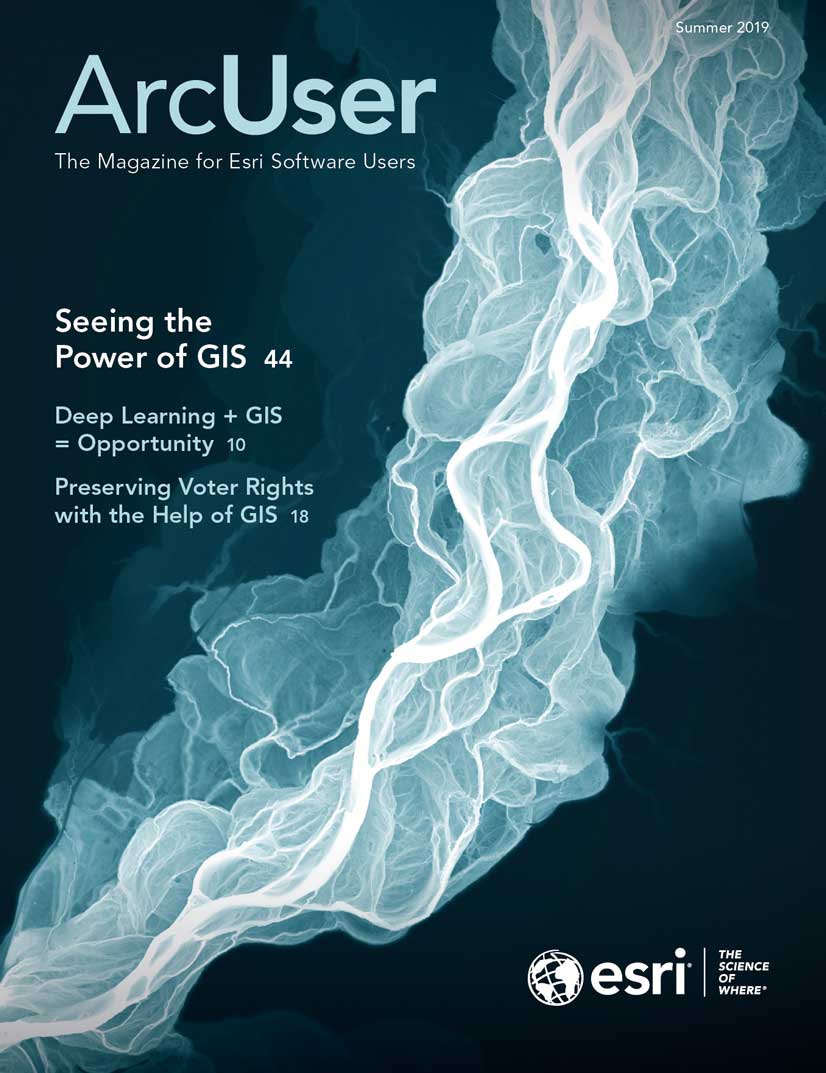The 2019 Esri User Conference was an occasion for Esri not only to celebrate its 50-year anniversary but, more importantly, the principles that it has adhered to during those five decades: focusing on the success of its users, constantly pushing the limits of GIS technology, and advancing GIS science.
As Esri president Jack Dangermond introduced the conference theme, GIS: The Intelligent Nervous System, he noted that this is both an old and a new idea. It incorporates a view of the Earth that has been foundational to Esri’s approach to GIS. As Dangermond said during his plenary address, “This notion is built on the metaphor of the human nervous system.” He stressed that the Earth resembles a living organism that is complex, interconnected, self-healing, resilient, and constantly changing.
The User Conference is an event for sharing and celebrating the work of GIS professionals. On the plenary stage, GIS users from businesses, government agencies, and nonprofits shared how they are applying The Science of Where to meet challenges such as the loss of biodiversity and the creation of smarter and more resilient communities.
This annual gathering of the GIS world is also an occasion for unveiling how Esri has extended the integrative, analytical, and visualization capabilities of GIS. As digital technology rapidly changes the world, GIS technology is coevolving and incorporating trends in mainstream IT—artificial intelligence, real-time data, and 3D modeling—just to name a few.
In plenary presentations by both users and Esri staff, advances in the science of GIS and the science in GIS were apparent. From the work done by African Parks detecting poachers through tracking and analyzing elephant movements to the analysis by insurance provider USAA using fire perimeter imagery and ArcGIS Pro’s deep learning to classify damage to thousands of buildings in minutes rather than weeks, GIS at scale is making stunning changes in what can be done.
“The geospatial revolution is just beginning. It is going to profoundly transform our world,” concluded Dangermond. “Together we have the power to choose the way forward. We have the power to SEE WHAT OTHERS CAN’T.”





